Home>Garden Essentials>How Long Does It Take For A Green Bean To Germinate
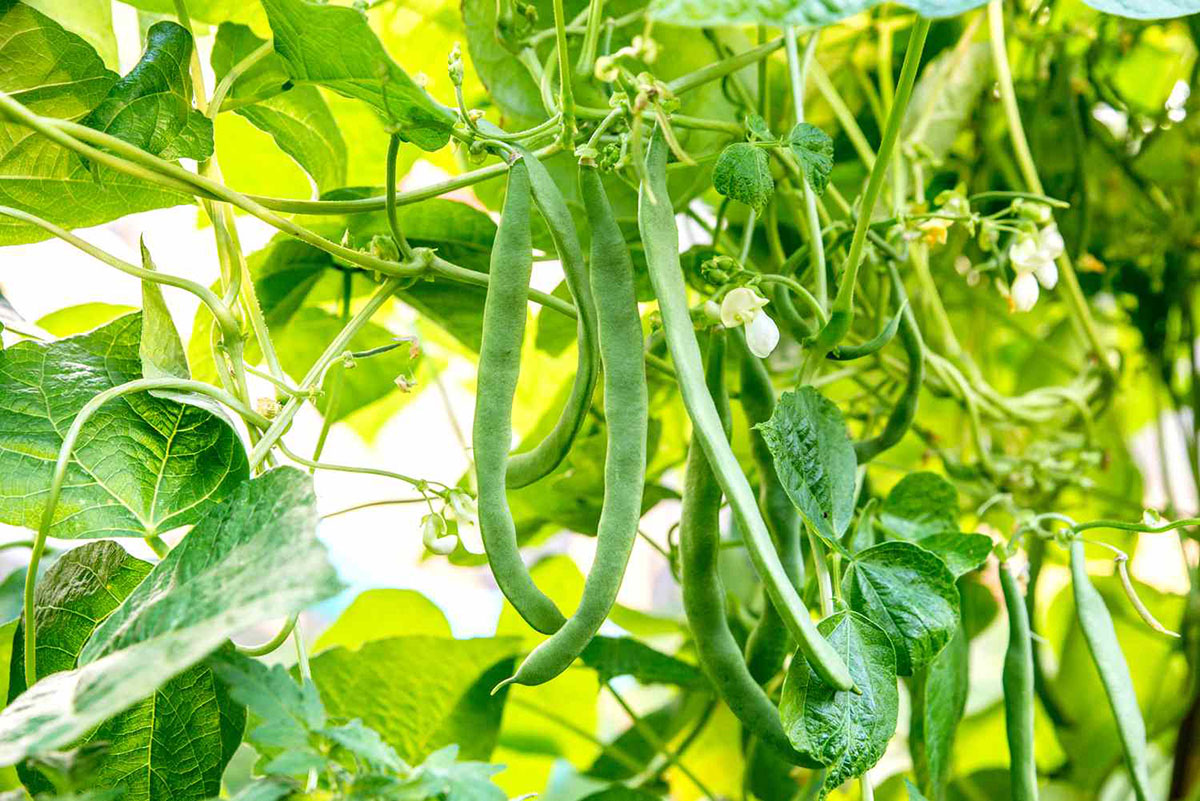

Garden Essentials
How Long Does It Take For A Green Bean To Germinate
Modified: March 16, 2024
Learn how long it takes for a green bean to germinate in your garden. Get expert tips on seed starting and nurturing for a successful harvest.
(Many of the links in this article redirect to a specific reviewed product. Your purchase of these products through affiliate links helps to generate commission for Storables.com, at no extra cost. Learn more)
Introduction
Welcome to the wonderful world of gardening! If you’re a beginner or even a seasoned gardener, you may be wondering how long it takes for green beans to germinate. Understanding the germination process can help you plan and manage your garden effectively.
Green beans, also known as string beans or snap beans, are a popular vegetable to grow in home gardens. They are easy to cultivate and produce an abundant harvest. Whether you’re planting bush beans or pole beans, knowing the timeline for germination is crucial for a successful growing experience.
In this article, we will delve into the factors that affect the germination time of green beans, the ideal conditions for germination, the process itself, and how long it typically takes for green beans to germinate. We will also cover some factors that can delay germination and provide you with useful tips for faster and more successful germination. So, let’s dig in!
Key Takeaways:
- Green beans typically take 7 to 14 days to sprout, but factors like temperature, moisture, and seed quality can affect germination time. Patience and optimal growing conditions are key for successful sprouting.
- To speed up green bean germination, consider pre-soaking seeds, choosing quick-maturing varieties, and providing warmth and proper moisture. With the right care, you’ll soon see your green beans sprouting and thriving!
Factors Affecting Germination Time of Green Beans
The germination time of green beans can vary depending on several factors. Understanding these factors will help you create the optimal conditions for faster and successful germination. Let’s take a look at some of the key factors:
- Temperature: Green beans prefer warm soil temperatures for germination. The ideal range for germination is between 70-80°F (21-27°C). Cooler temperatures can slow down the germination process, while excessively high temperatures can inhibit germination altogether. It’s important to take into consideration the temperature of the soil and the surrounding environment when planting green beans.
- Moisture: Adequate moisture is essential for successful germination. Green beans need consistent moisture in the soil for their seeds to absorb and initiate germination. If the soil is too dry, germination can be delayed or prevented. On the other hand, overly saturated or waterlogged soil can lead to rotting of the seeds. Maintaining a balanced level of moisture is crucial for optimal germination.
- Seed Quality: The quality and viability of the green bean seeds play a significant role in germination time. Fresh, high-quality seeds tend to have a higher germination rate and faster germination time. It’s important to obtain seeds from reputable sources to ensure better success.
- Seed Depth: The depth at which the green bean seeds are planted can affect germination time. Planting the seeds at the correct depth allows them to receive the optimal amount of moisture, oxygen, and warmth. As a general guideline, plant green bean seeds about 1-1.5 inches deep in the soil.
- Soil Type: The type and quality of the soil can impact germination time. Green beans prefer well-draining soil that is rich in organic matter. Sandy or loamy soil with good structure allows for better water absorption and root growth, resulting in faster germination.
By considering these factors and creating the ideal conditions for germination, you can significantly reduce the time it takes for green beans to sprout. However, it’s important to note that even with optimal conditions, germination time can still vary between different green bean varieties and cultivars.
Ideal Conditions for Green Bean Germination
Providing the optimal conditions for green bean germination is crucial for ensuring successful sprouting. By creating an environment that meets the specific needs of green beans, you can enhance germination rates and reduce the time it takes for the seeds to sprout. Here are some key factors to consider:
- Temperature: Green beans prefer warm soil temperatures for germination. Aim for a soil temperature between 70-80°F (21-27°C). You can use a soil thermometer to monitor the temperature. If the soil is too cold, you can use black plastic mulch to warm it up or consider using row covers to provide additional insulation.
- Moisture: Green bean seeds require consistent moisture for germination. Keep the soil moist but not waterlogged. Avoid letting the soil dry out completely as this can hinder germination. Regularly check the moisture level by feeling the soil with your fingers and adjust watering accordingly.
- Light: While green bean seeds do not require light for germination, once they sprout, they need ample sunlight to grow into healthy plants. Ensure that your planting area receives at least 6-8 hours of direct sunlight every day. If you are starting seeds indoors, provide sufficient artificial light to promote healthy growth.
- Air Circulation: Good air circulation is important for preventing disease and mold growth, as well as ensuring healthy germination. Plant green beans in an area with adequate airflow, and avoid overcrowding the seeds or planting in compacted soil.
- Seed Quality: High-quality seeds are essential for successful germination. Choose reputable seed suppliers and ensure that the seeds are fresh and have not expired. Check for any signs of damage or disease on the seeds before planting.
- Seed Depth: Plant the green bean seeds at the correct depth. In general, plant the seeds about 1-1.5 inches deep in the soil. This allows for proper moisture absorption while still providing enough warmth for germination.
- Soil Preparation: Prepare the soil before planting by removing any weeds, rocks, or debris. Mix in organic matter such as compost or well-rotted manure to improve soil fertility and drainage. Green beans thrive in well-draining soil, so ensuring good soil structure is essential for optimal germination.
By providing these ideal conditions, you can create an environment that encourages green bean germination and supports healthy seedling growth. Remember to monitor the conditions regularly and make necessary adjustments to ensure the best possible germination rates.
Germination Process of Green Beans
The germination process of green beans is a fascinating and essential stage in their growth cycle. Understanding this process will help you appreciate the miracle of seed development and ensure that you can optimize the conditions for successful germination. Let’s take a closer look at the germination process of green beans:
- Seed Awakening: When you plant green bean seeds in suitable conditions, they begin to absorb water through their seed coat. This process, known as imbibition, triggers enzymatic reactions within the seed.
- Seed Swelling: As water is absorbed, the green bean seed begins to swell and soften. This allows the seed to break the dormancy period and prepares it for germination.
- Radicle Emergence: The first visible sign of germination is the emergence of the radicle, which is the embryonic root. The radicle grows downward, anchoring the seedling into the soil and sourcing nutrients and water for further growth.
- Cotyledon Unfolding: After the radicle emerges, the cotyledons, which are the seed leaves, begin to unfurl. These initial leaves provide essential nutrients to the young seedling until it can establish its own photosynthetic capabilities.
- True Leaf Development: As the green bean seedling continues to grow, it produces its true leaves, distinct from the cotyledons. These true leaves are responsible for photosynthesis, converting sunlight into energy for further growth and development.
- Stem Elongation: Along with leaf development, the stem of the green bean seedling elongates, allowing it to reach towards the surface of the soil and access sunlight for optimal growth.
- Establishment: With the roots firmly anchoring the seedling in the soil and the leaves actively photosynthesizing, the green bean plant establishes itself and continues to grow. From here on, proper care and maintenance will ensure healthy and productive growth.
The germination process of green beans can take anywhere from 7 to 14 days, depending on various factors such as temperature, moisture, and seed quality. It’s important to be patient during germination and provide the necessary care to support the seedlings as they transition into strong, healthy plants.
Green beans typically take 7-14 days to germinate. Keep the soil consistently moist and provide warmth for quicker germination.
How Long Does It Take for Green Beans to Germinate?
The germination time for green beans can vary depending on several factors, including variety, environmental conditions, and seed quality. On average, green beans take about 7 to 14 days to germinate.
However, it’s essential to note that this is just an estimate, and germination time can be influenced by several factors. For example, if you’re growing a faster-maturing variety, germination may occur on the shorter end of the timescale. Conversely, slower-maturing varieties might take longer to germinate.
The environmental conditions in which you are growing your green beans also play a significant role in germination time. Warm soil temperatures, ideally between 70-80°F (21-27°C), promote faster germination. Cooler temperatures can slow down the process, while extremes of hot or cold can inhibit germination altogether.
In addition to temperature, moisture is another crucial factor. Green bean seeds require consistent moisture to initiate germination. It’s important to keep the soil consistently moist but not waterlogged, as excessive moisture can lead to rotting of the seeds. Regularly monitor the moisture level of the soil and water accordingly to create the optimal germination conditions.
The quality of the green bean seeds also affects germination time. Fresh, high-quality seeds tend to have a higher germination rate and faster germination time compared to older or lower-quality seeds. Ensure that you obtain seeds from reputable sources and check for any signs of damage or disease before planting.
Lastly, keep in mind that germination is a natural process and can vary even within the same batch of seeds. Some seeds may sprout earlier, while others may take a bit longer. Patience is key during germination, and providing the ideal conditions will give your green bean seeds the best chance of timely and successful sprouting.
If you find that your green beans are taking longer than expected to germinate, don’t lose hope. Give them a bit more time, ensuring that they have the right temperature, moisture, and other favorable conditions. It’s also a good idea to double-check the seed quality and consider any factors that might be inhibiting germination, such as poor soil drainage or improper planting depth.
In summary, the average germination time for green beans is around 7 to 14 days. However, this can vary depending on factors like variety, environmental conditions, and seed quality. By providing the optimal growing conditions and being patient, you will soon have sprouting green bean seeds ready to grow into healthy and productive plants.
Factors That Can Delay Germination of Green Beans
While green beans are generally hardy and reliable for germination, there are several factors that can cause delays or hinder the process. Understanding these factors can help you identify potential issues and take appropriate measures to promote successful germination. Here are some common factors that can delay germination of green beans:
- Cool Soil Temperatures: Green beans prefer warm soil temperatures for optimal germination. If the soil is too cold, typically below 50°F (10°C), germination can be delayed or even prevented. Ensure that the soil has warmed up sufficiently before planting green bean seeds.
- Improper Moisture Levels: Consistent moisture is crucial for germination, but excessive moisture or waterlogged soil can inhibit the process. Poor drainage in the planting area can lead to waterlogged conditions, causing the seeds to rot. Conversely, if the soil is too dry, germination can be delayed. Maintain a balanced level of moisture by monitoring the soil and adjusting watering accordingly.
- Poor Soil Quality: Soil that lacks fertility or has a poor structure can hinder germination. Green beans prefer well-draining soil that is rich in organic matter. Ensure that you have prepared the soil adequately by incorporating compost or well-rotted manure to improve its fertility and structure. This will provide a conducive environment for germination.
- Inadequate Seed Depth: Planting green bean seeds at the incorrect depth can affect germination. If the seeds are planted too deep, they may struggle to emerge through the soil. On the other hand, if they are planted too shallow, they might not receive sufficient moisture and warmth. Follow the recommended planting depth to ensure optimal conditions for germination.
- Poor Seed Quality: Low-quality or old seeds may have reduced viability and lower germination rates. It’s important to use fresh, high-quality seeds from reputable sources. Check for any signs of damage or disease before planting and discard any questionable seeds.
- Seed Dormancy: Some green bean varieties may have natural seed dormancy, which can delay germination. If you suspect dormancy, you can try scarifying the seeds by gently scratching the seed coat with sandpaper or soaking them in water overnight before planting. This can help break the dormancy and promote germination.
- Environmental Factors: Unfavorable environmental conditions such as extreme heat, frost, or drought can delay germination. Ensure that you are planting your green beans at the appropriate time, taking into consideration the frost dates for your region. Also, provide adequate shade and protection during hot spells to prevent the soil from drying out excessively.
By addressing these potential delays and providing the optimal growing conditions, you can minimize the factors that may hinder germination and promote successful sprouting of your green bean seeds. Monitoring the soil moisture, temperature, and seed quality, along with proper soil preparation and planting techniques, will increase the likelihood of timely and vigorous germination.
Tips for Faster Germination of Green Beans
If you’re eager to see your green bean seeds sprout quickly and start growing, there are several strategies you can employ to promote faster germination. By implementing these tips, you can maximize the chances of successful and speedy sprouting. Here are some tips for faster germination of green beans:
- Pre-soak the Seeds: Consider pre-soaking your green bean seeds before planting. Soaking the seeds overnight in water can help soften the seed coat and kickstart the germination process. This can lead to quicker sprouting and establishment of seedlings.
- Pick the Right Variety: Choose green bean varieties that have shorter germination periods. Some varieties are specifically bred for faster germination and can sprout in as little as 5 to 7 days. Look for varieties labeled as early-maturing or quick-growing.
- Start Indoors: If you’re eager to get a head start on the growing season, consider starting your green bean seeds indoors. Planting seeds in trays or containers in a controlled environment allows you to provide optimal conditions for germination, including temperature, moisture, and lighting. Transplant the seedlings outdoors once they have sprouted, and the weather is favorable.
- Provide Warmth: Green beans prefer warm soil temperatures for faster germination. If your soil is still on the cooler side, consider using techniques to warm it up. Covering the planting area with black plastic mulch or using cloches and row covers can help trap heat and create a warmer environment for the seeds.
- Optimize Soil Moisture: Maintaining consistent moisture levels in the soil is essential for rapid germination. Ensure that the soil is evenly moist, but not waterlogged. Avoid letting the soil dry out completely, as this can delay germination. Regularly check the moisture level and adjust watering as needed to keep the soil consistently moist.
- Improve Soil Drainage: Green beans thrive in well-draining soil. If your soil tends to be heavy or poorly drained, consider improving its drainage by incorporating organic matter such as compost or perlite. This helps create a loose and well-aerated soil structure, allowing the seeds to germinate more quickly.
- Plant at the Right Depth: Plant your green bean seeds at the proper depth to expedite germination. Planting too deep can delay emergence, while planting too shallow can lead to drying out of the seeds. As a general guideline, plant the seeds about 1-1.5 inches deep in the soil.
- Protect from Pests: To prevent pests from eating or disturbing the seeds, consider using protective measures such as row covers or netting. This can safeguard your green bean seeds and promote uninterrupted germination.
- Provide Adequate Light: Once the green bean seeds have sprouted, ensure that they receive sufficient light. Place them in a sunny location or provide artificial grow lights to stimulate healthy growth. Light plays a crucial role in photosynthesis and helps the seedlings develop into robust plants.
By following these tips, you can enhance the conditions for faster germination of your green beans. Remember to monitor the soil moisture, temperature, and provide the necessary care and maintenance to support the growing seedlings. With the right approach, you’ll be enjoying the sight of sprouting green bean seeds in no time!
Conclusion
Understanding the germination process and factors that influence the timing of green bean sprouting is essential for successful gardening. By creating optimal conditions, you can help expedite germination and ensure healthy growth for your green bean plants.
Factors such as temperature, moisture, seed quality, seed depth, and soil type all play a crucial role in the germination process. Maintaining a warm soil temperature, providing consistent moisture, and using high-quality seeds are key steps towards faster and successful germination. Additionally, preparing the soil properly and planting at the correct depth can promote optimal conditions for green bean seeds to sprout.
While the average germination time for green beans is around 7 to 14 days, it’s important to remember that germination can vary based on variety and environmental factors. By being patient and providing the ideal growing conditions, you can support timely and vigorous germination.
If germination is delayed, consider factors such as cool soil temperatures, improper moisture levels, poor soil quality, inadequate seed depth, poor seed quality, seed dormancy, or unfavorable environmental conditions. Identifying and addressing these factors can help overcome delays and boost germination rates.
Implementing tips for faster germination, such as pre-soaking seeds, choosing quick-maturing varieties, starting indoors, providing warmth, optimizing soil moisture, improving soil drainage, planting at the right depth, protecting from pests, and ensuring adequate light can help expedite the germination process.
In conclusion, green bean germination is influenced by various factors, but with proper care, attention to detail, and understanding of the ideal conditions for germination, you can enjoy the sight of sprouting green bean seeds and set your plants up for a successful growing season. Happy gardening!
Frequently Asked Questions about How Long Does It Take For A Green Bean To Germinate
Was this page helpful?
At Storables.com, we guarantee accurate and reliable information. Our content, validated by Expert Board Contributors, is crafted following stringent Editorial Policies. We're committed to providing you with well-researched, expert-backed insights for all your informational needs.
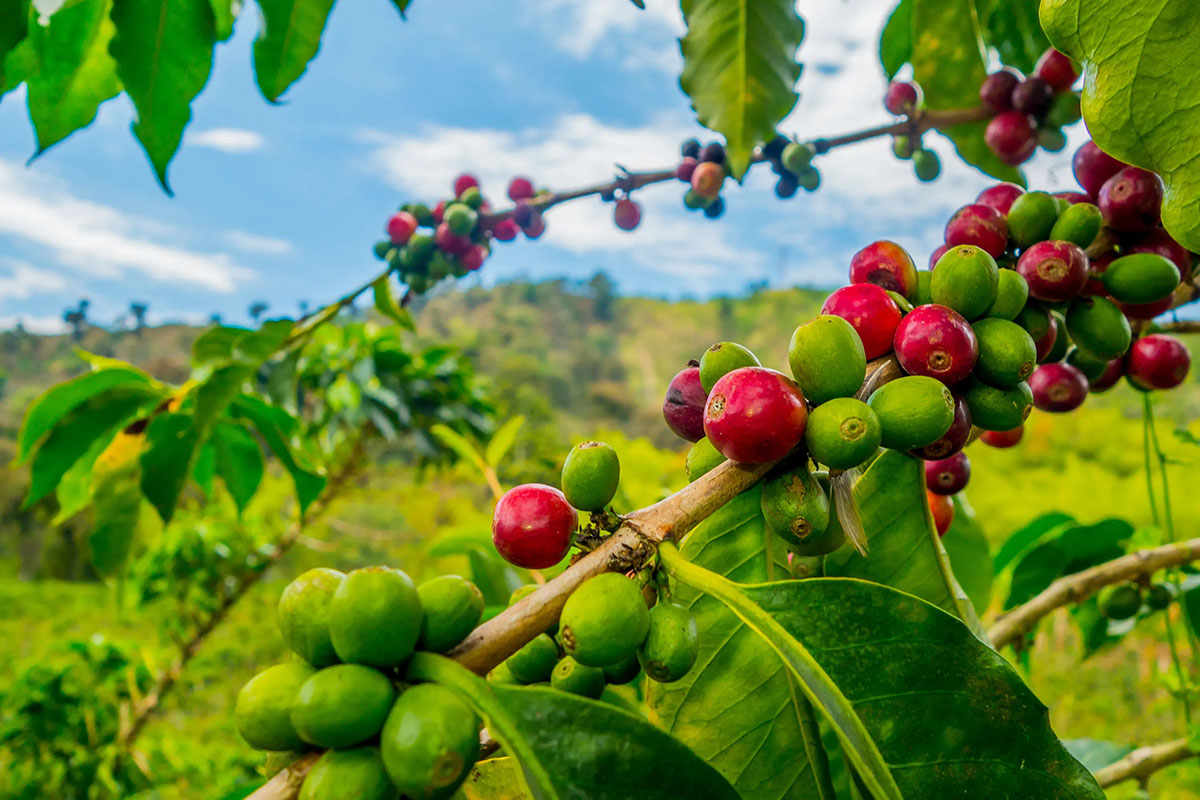

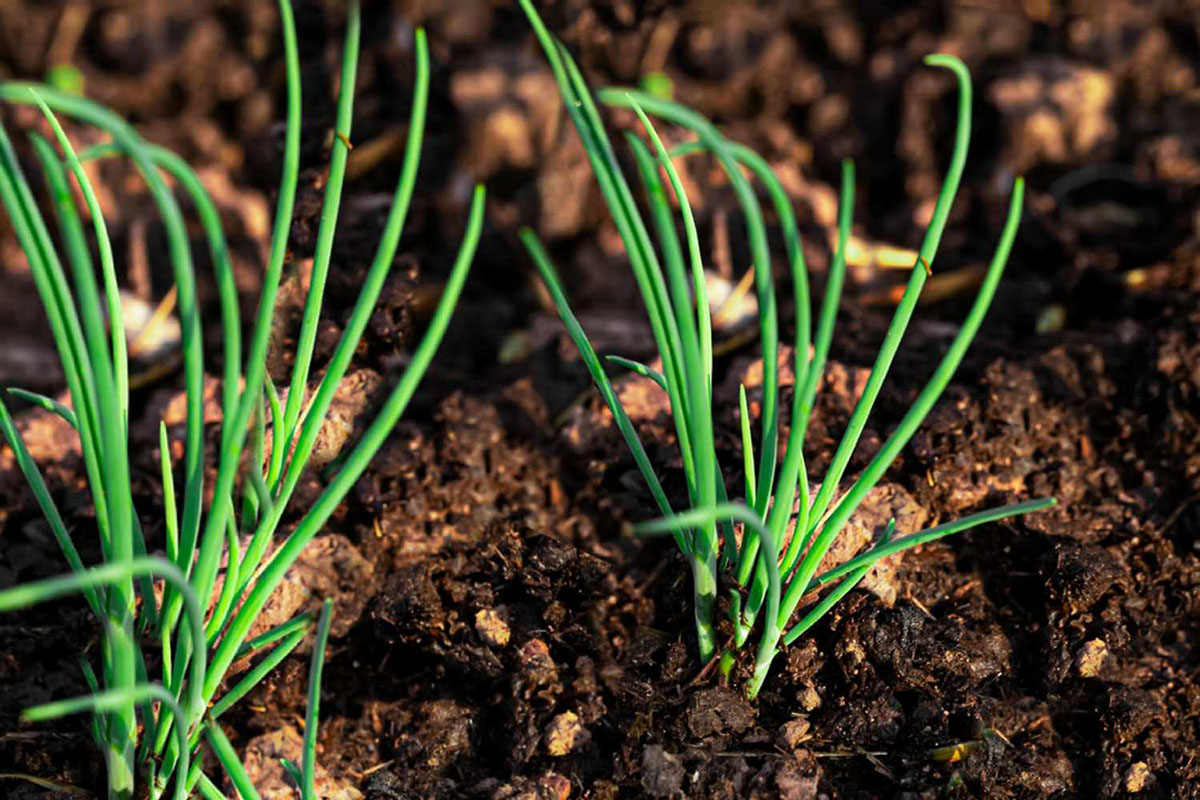
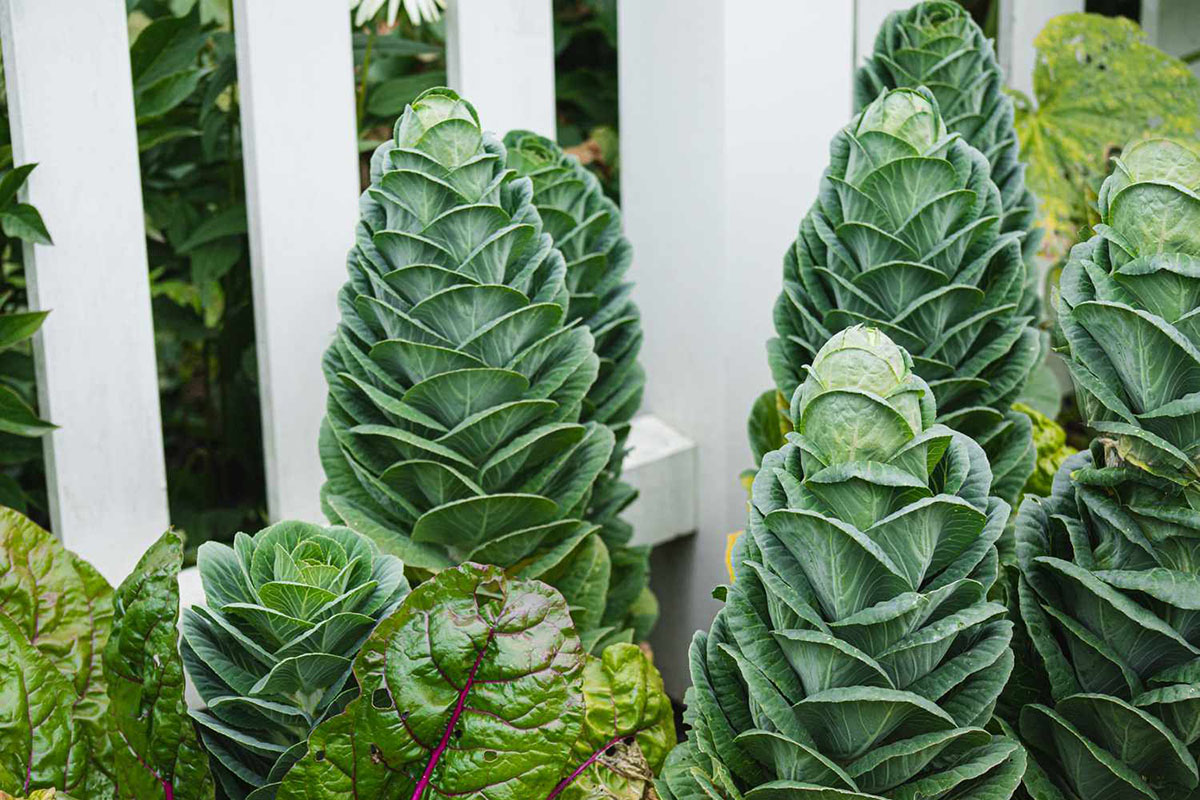
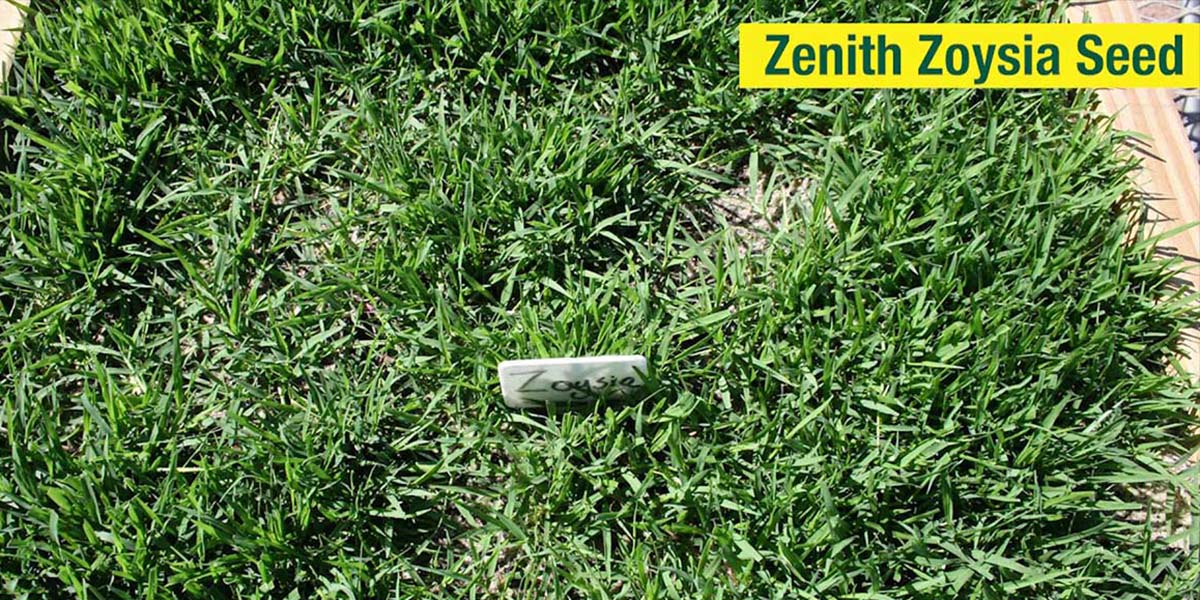
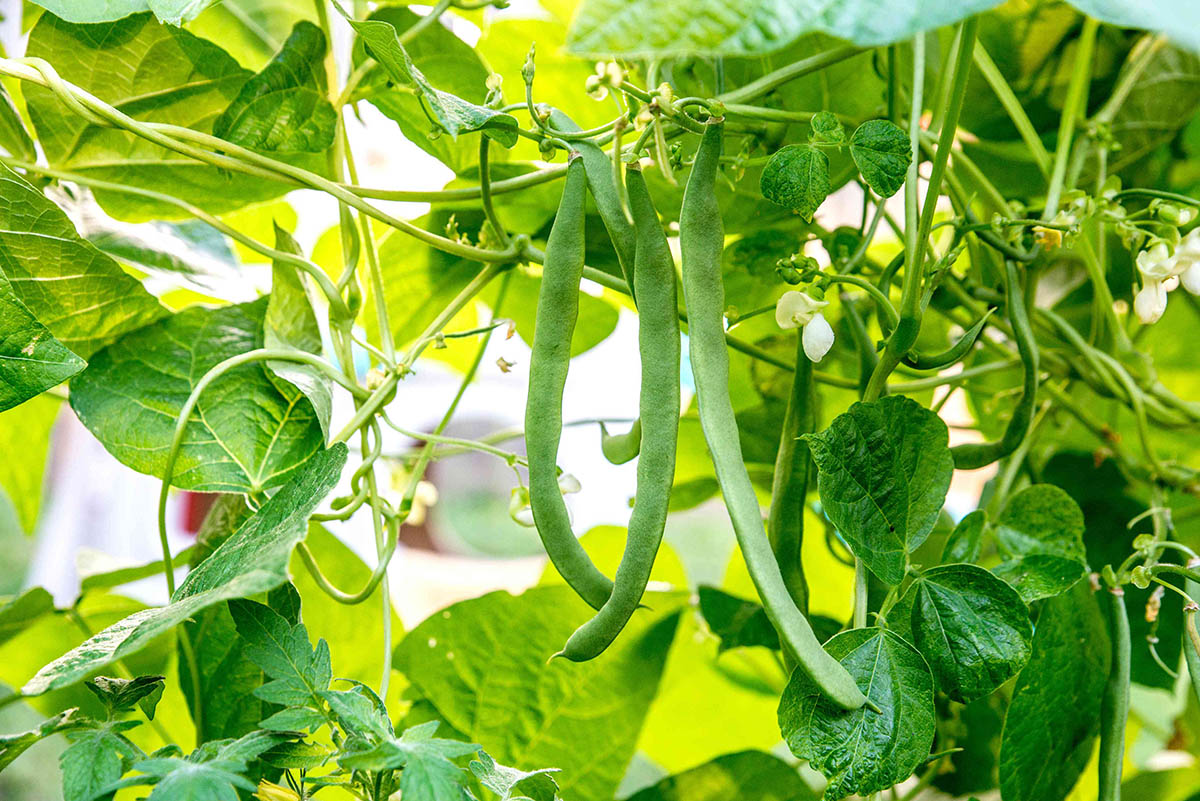
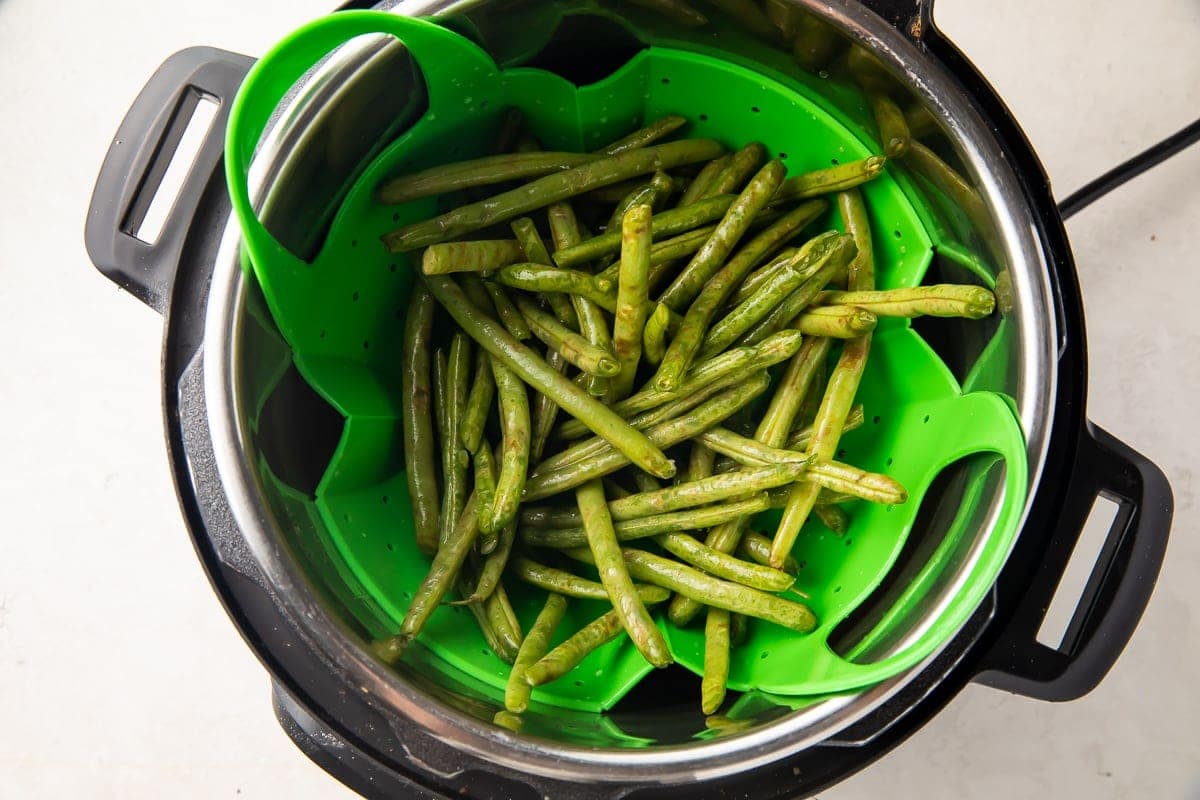








0 thoughts on “How Long Does It Take For A Green Bean To Germinate”